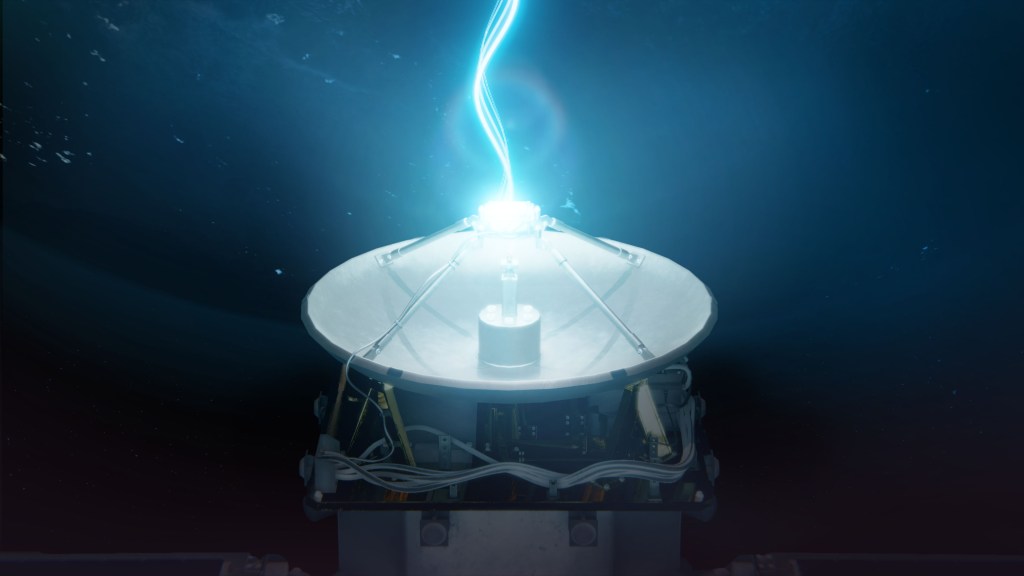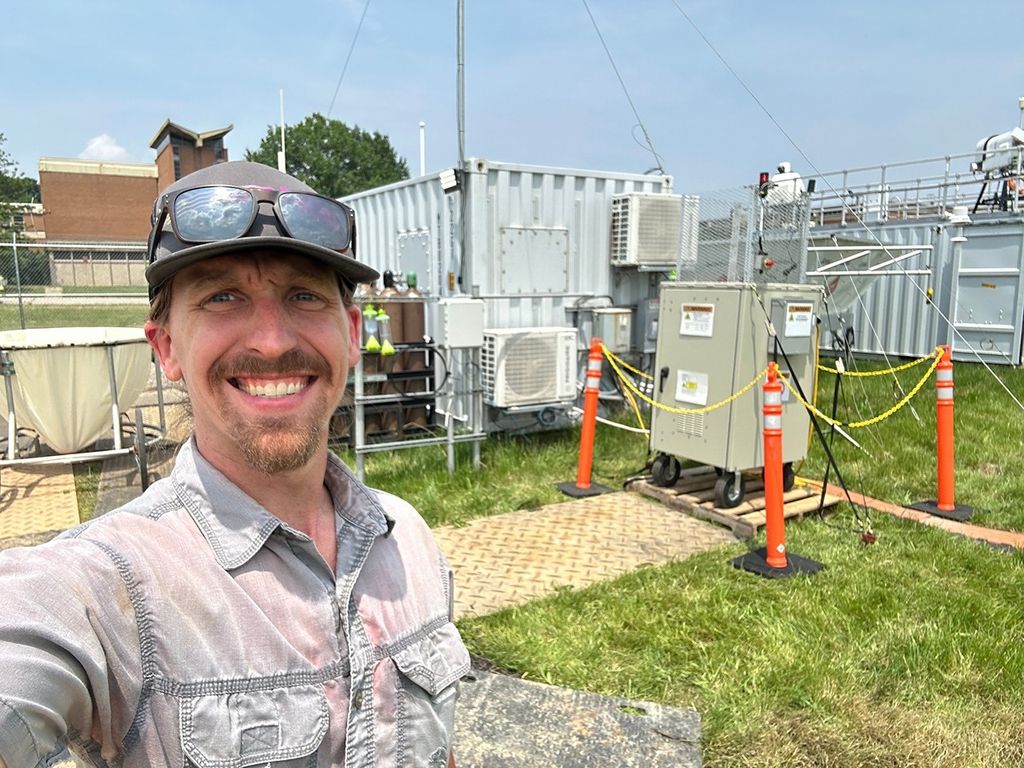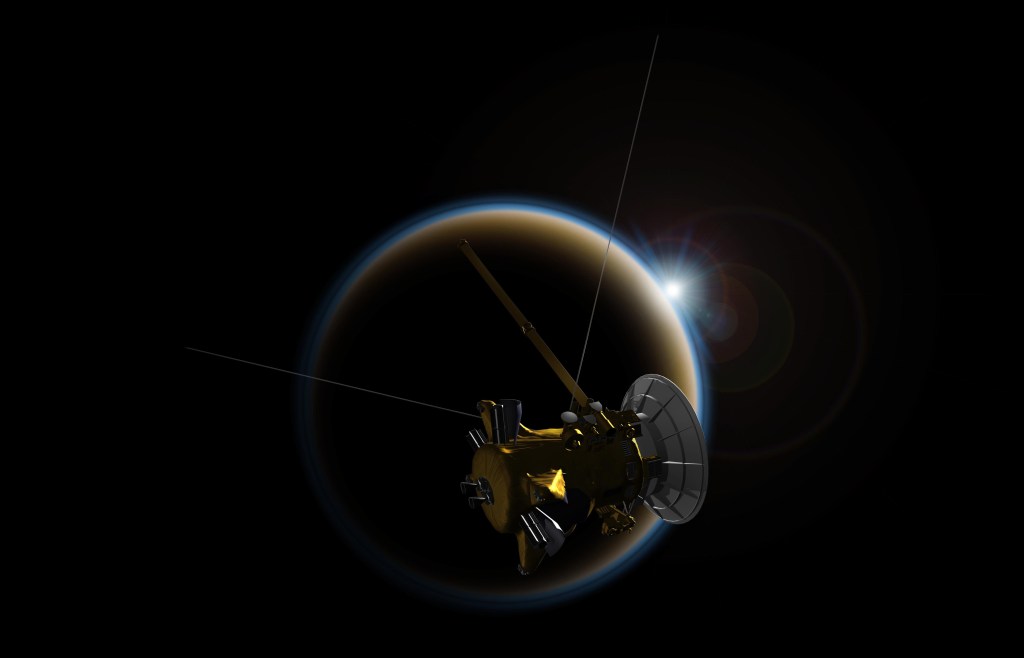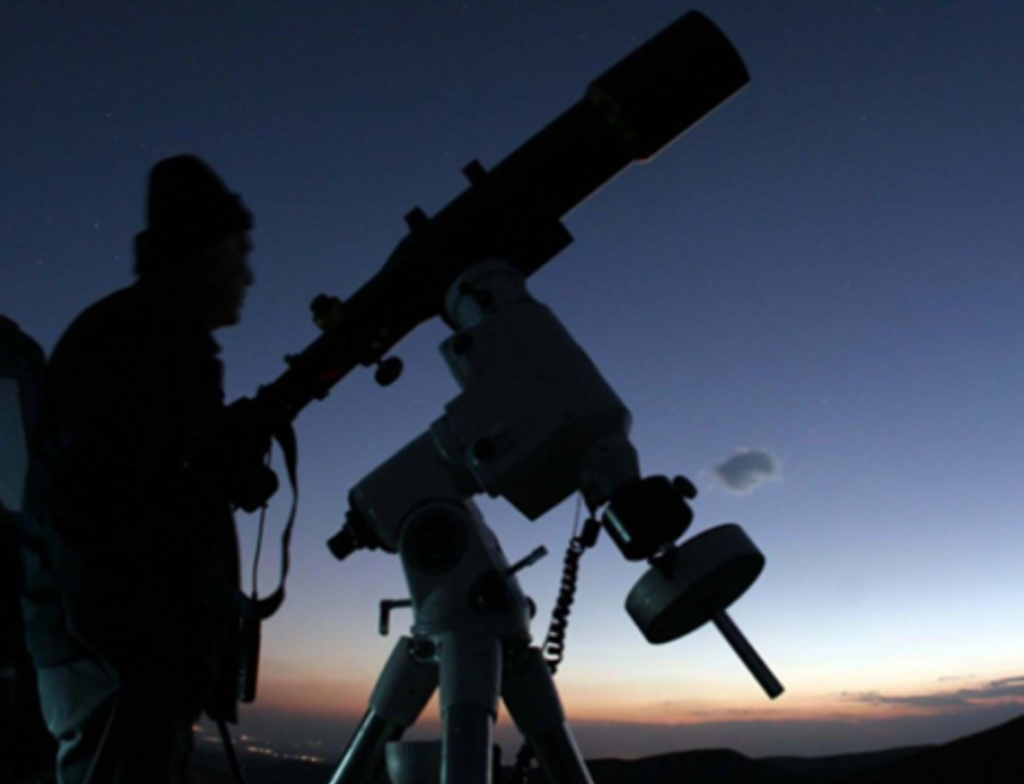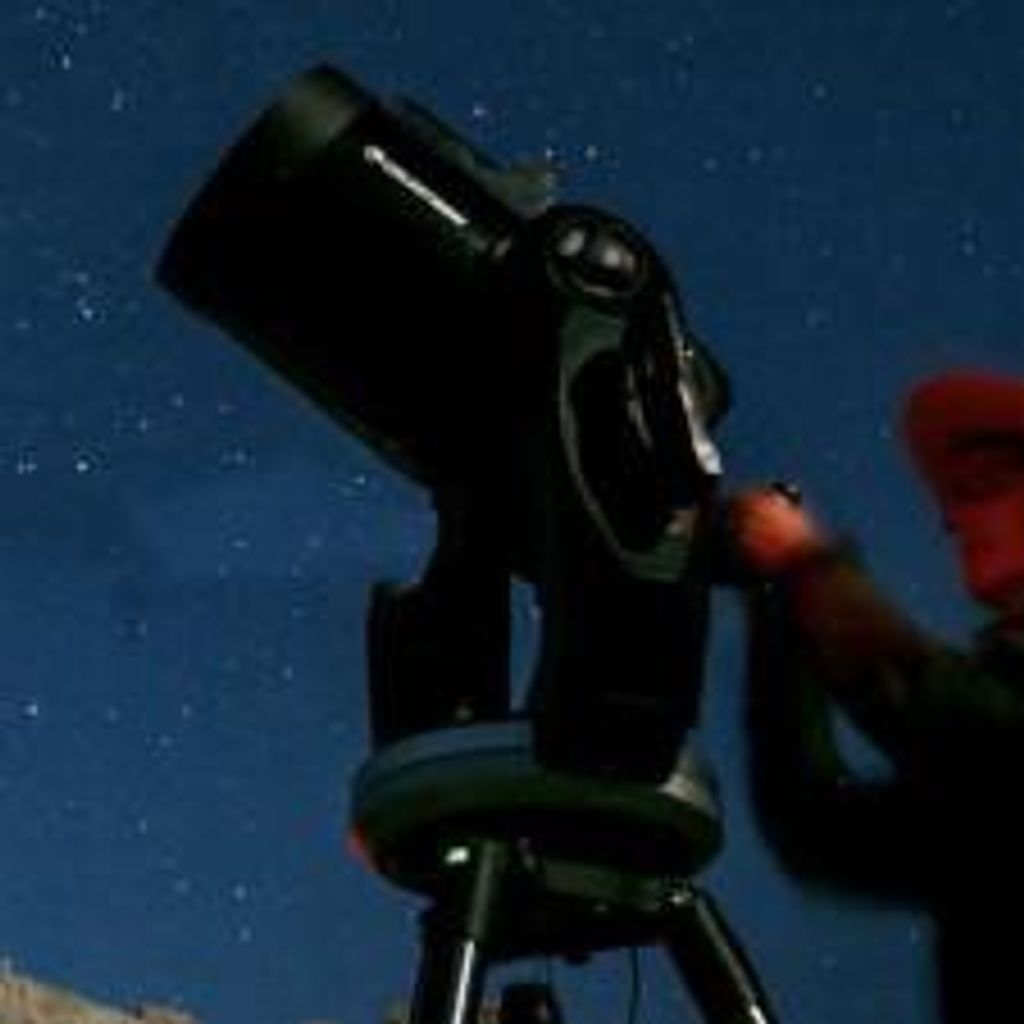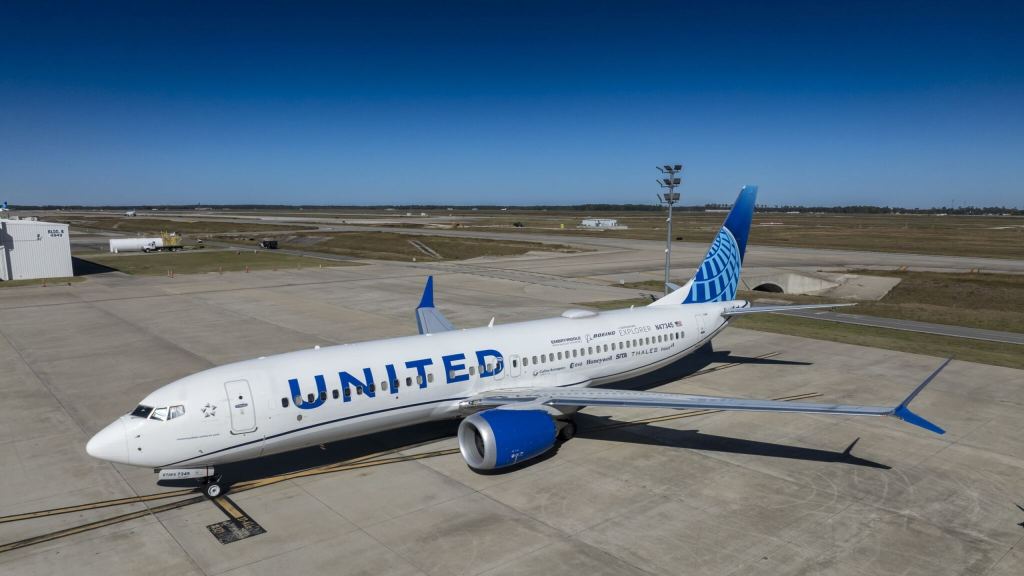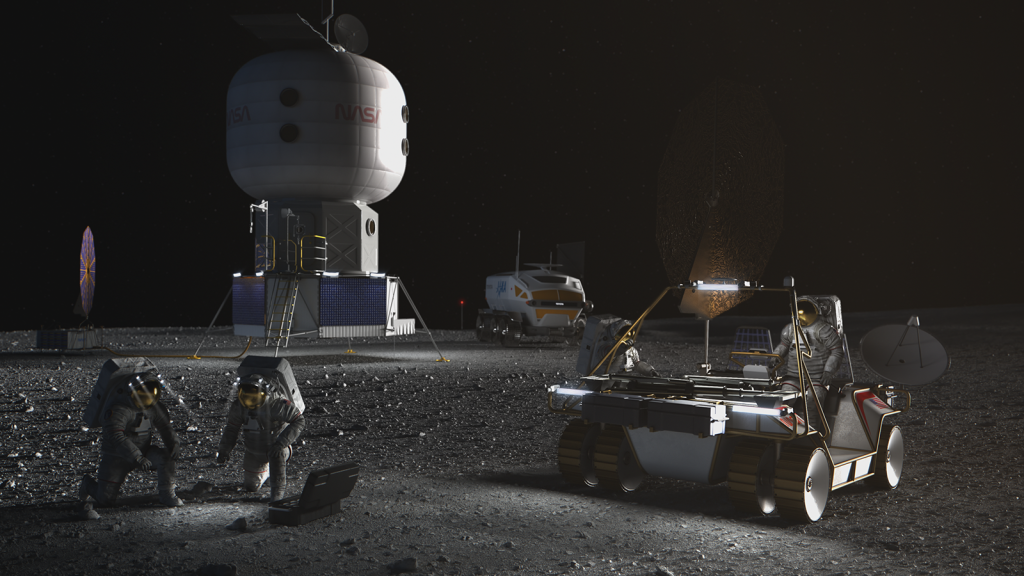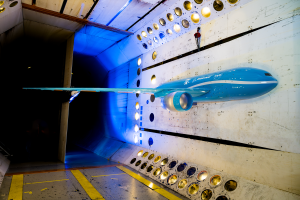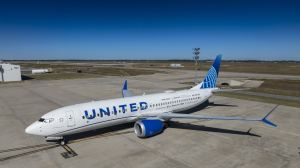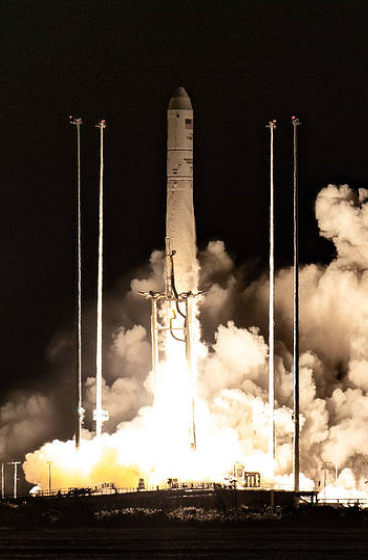2002-2003 Technical Excellence: August 2003
An aircraft that could fly at supersonic speeds over land opens new frontiers in passenger and cargo flight by decreasing travel time and improving mobility.
A key challenge to over-land flight is learning how to lower the impact of sonic booms. Under the Shaped Sonic Boom Demonstration* project, NASA researchers and their partners modified the forward section of an F-5E aircraft to give a new shape to the shockwave and its accompanying sonic aftereffect. Test flights of the aircraft in August 2003 proved the theory that the modified shape can reduce the intensity of sonic boom noise.
Work to measure the effects of sonic booms over land continued in January 2004 when NASA flew the same modified F-5E on an additional series of 21 flights under the Shaped Sonic Boom Experiment. In April 2005, NASA began a series of month-long tests using an F-18 in special flight maneuvers that would generate low-altitude sonic booms to be measured by microphones, and sometimes human researchers, on the ground. Resulting data has been compiled into a database to capture the results of these multi-year efforts.
Shaped Sonic Boom Demonstration Team
NASA Langley Research Center, NASA Dryden Flight Research Center, NASA Glenn Research Center; Lockheed Martin Aeronautics Company; Defense Advanced Research Projects Agency (DARPA); The Boeing Company; U.S. Air Force Research Laboratory; Northrop Grumman; General Electric; Eagle Aeronautics, Inc.; Gulfstream Aerospace; Naval Air Systems Command; Raytheon Aircraft; Wyle Laboratories; Institute for Defense Analysis; U.S. Air Force Aeronautical Systems Center
Technical Excellence 2002-2003







